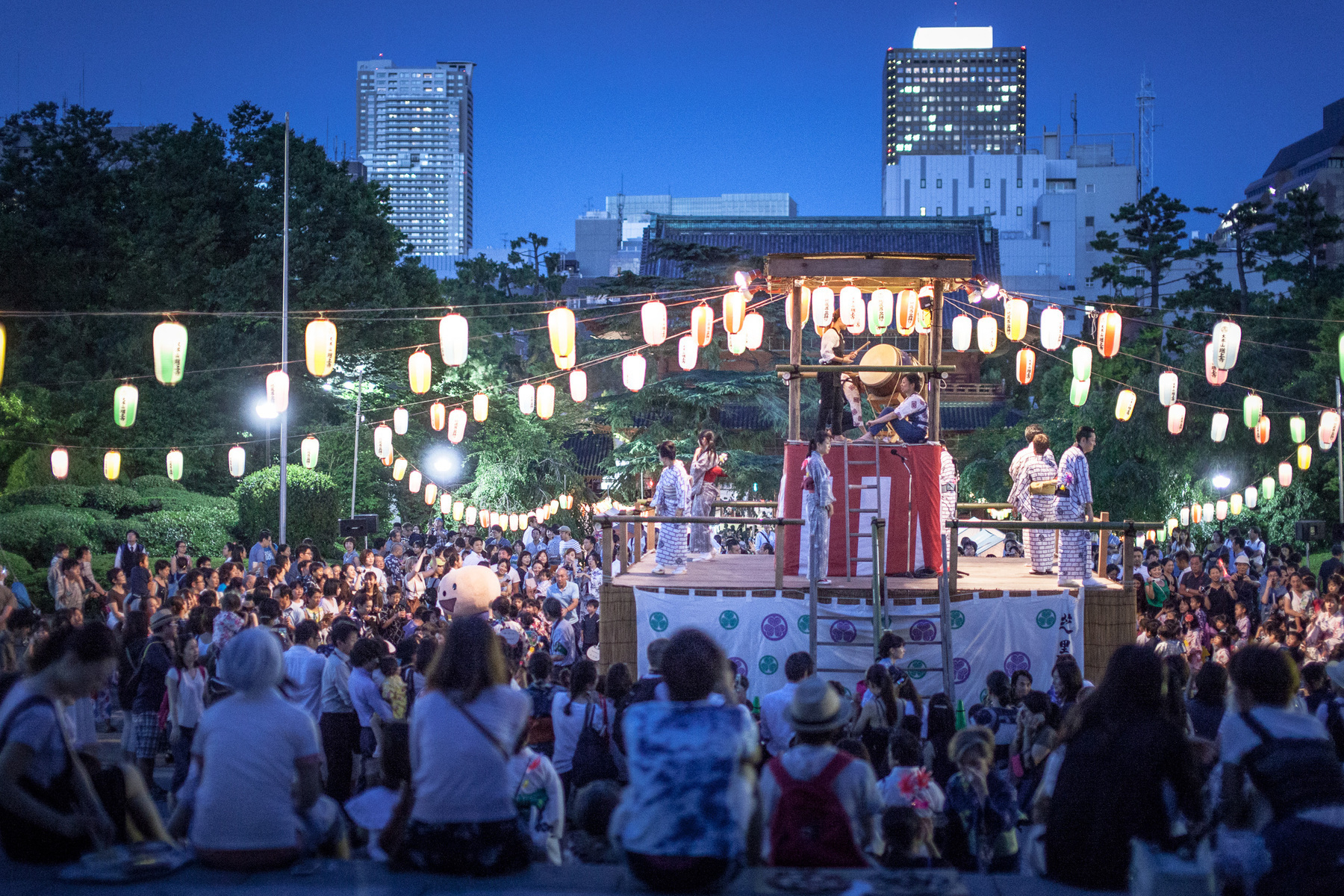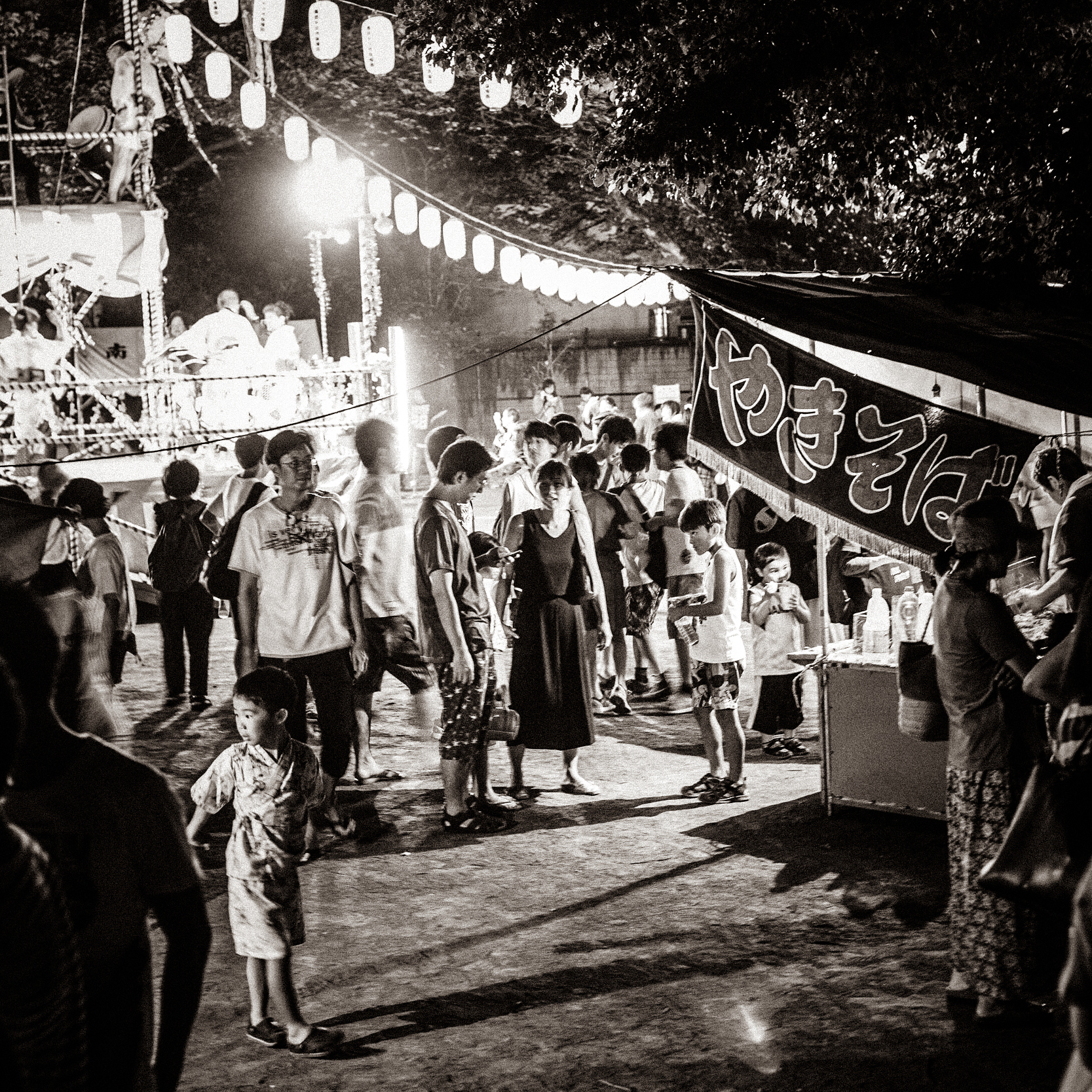Convergence Factor: Micro
Convergence Factor: Micro
Somewhere in Japan, Dispatch № 101: Festive

The line was simply too long, especially given that it was for baby castella. These bite-size balls of something like pound cake are one of the standard items sold from food stalls at Japanese festivals. And they’re delicious, but not that delicious.
The annual December 12th matsuri1 at Tsuki Shrine2 is usually a large and lively affair, though last year it was quite small by comparison, with limited admission and a prohibition on eating anything on the premises. The vendors were there, though fewer than usual, and you could buy what you wanted without too long of a wait, but you had to go somewhere else before consuming it.
That it happened at all in 2020, even in the limited, shrunken version that it did, is something of a miracle. For almost two years now, nearly all the regular festivals have, for obvious reasons, been cancelled.
This year the 12/12 festival was better, and though still only half the normal size, it was packed. What the intense crowds really showed was just how much people have come to miss festivals in their absence.
Matsuri are a well-loved part of life in Japan, across the country and throughout the seasons. People go to enjoy the atmosphere, the food, the games, and the company of others. Fireworks, too, sometimes, and a deceptively difficult dance: bon odori.3 And especially for natsu matsuri, summer festivals, some people enjoy dressing in yukata or jinbei.4
But for the last two years, this part of life has been off the menu, to the extent that I bought a new yukata in 2019, wore it once, and it’s been in storage ever since. People really miss the festivals, and I promise that’s not just me projecting my matsuri yearning onto the general population. To see the truth of it, you only had to see the people at the festival last Sunday, their joyful and enthusiastic demeanor, and the length of the lines they happily stood in to get the tasty but basically pedestrian foods usual at festivals.
Which brings us back to the baby castella.

When my partner and I arrived, we agreed on what foods we wanted to get, made a plan, and split up. We wanted baby castella, yakisoba,5 takoyaki,6 and karaage.7 She went to get the yakisoba and karaage, and I ventured off to find takoyaki and baby castella.
It took a while waiting in line, but we each got one item and moved on to getting the others. After standing for nearly thirty minutes in a different line that barely seemed to move, and the tiny cakes so very far away, she found me again and reported that the line for karaage was long. Too long. Impossibly long.
We agreed to give up and took our meager yatai8 harvest to the park to enjoy our food, alongside many other couples and families happily doing the same.
It was wonderful, even though we only wound up with half the food we wanted and would later go to the grocery to pick up the fried chicken we couldn’t get. The festival atmosphere was there, amplified by a collective sense of hopefulness that I hadn’t noticed before.
Here was something beloved, finally back within reach after a long absence, appreciated for its presence, even in this reduced form. It was something, and that was enough.
Somewhere in Japan's main home on the web is at somewherein.jp, where you can also sign up to receive these posts by email.
And if you like what I’m doing, please consider directly supporting this project for as little as $3/mo on Patreon. The upcoming podcast version of Somewhere in Japan will be available to patrons before the general public, too. Click here to learn more.
-
Matsuri, written 祭り, means festival. I’ll use both terms here for the sake of variety. ↩︎
-
Tsuki Shrine is a wonderful shrine with an adjacent park that is near my apartment. I have mentioned both the shrine and the park a number of times on the blog, such as here and here. It is one of my favorite places. If you find yourself in Saitama City, I recommend a visit. View on Google Maps. ↩︎
-
Quite difficult for me to get the hang of, at least, though many others I’ve talked with also find it challenging. Here’s a video of what I’m talking about. ↩︎
-
A yukata is a lightweight kimono for summer, sometimes brightly colored, especially those worn by young women. Jinbei are a set of matched top and bottom worn in summer, with short sleeves and legs. ↩︎
-
A sort of dish made with alkaline noodles fried on a griddle with cabbage and a little bit of meat, with a sauce reminiscent of Worcestershire sauce. ↩︎
-
Balls of batter containing pieces of octopus, cooked in a molded pan that allows them to be made spherical. ↩︎
-
Japanese-style fried chicken ↩︎
-
Written 屋台, yatai most commonly refers to the vendors at festivals and similar events, mostly selling food. ↩︎